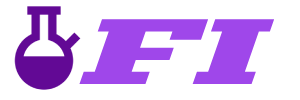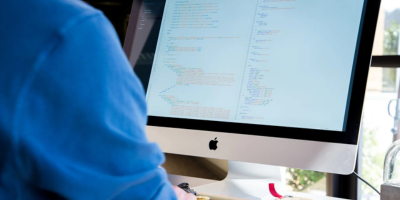Within the context of business, employee monitoring is an emerging topic of interest, especially with the prevalence of remote work. The Controlio app and other similar software solutions are becoming increasingly popular as they help businesses manage productivity. This sparks conversations around trust and privacy concerns. Personally, having been a part of both monitored and unmonitored setups, I can safely say I experienced the ups and downs of this transition. Let’s review the advantages and disadvantages to understand how employee monitoring can become a deal maker—or breaker—for teams.
The Makeshift: Improved Productivity and Responsibility
Increased productivity is one of the additional benefits that come hot on the heels of employee monitoring. As is typical in most workplaces, productivity is maximized when all work is checked and specialized employee monitoring tools are put into place to track advancement. There’s a readily available example from a call center I worked in where employee productivity was boosted thanks to advanced screen monitoring software like the Controlio app that tracked both calling times and task completion. The primary driving force was achieving daily goals, not spying. This data supported managers in pinpointing productivity blockades and providing additional resources like training for those call center employees who were struggling with accomplishing their assigned tasks.
Monitoring also fosters accountability. During one of my remote jobs, my team used software to track hours worked and tasks completed. Knowing that my work was monitored encouraged me to make progress on my to-do list, especially on those days when Netflix was calling my name! Moreover, it provided valuable insights to my manager concerning our workload and helped her distribute tasks fairly. For businesses, this kind of transparency can streamline resource allocation and boost team morale when everyone is contributing.
Another benefit is security. Monitoring tools can flag suspicious activity like unauthorized access to sensitive files. This is incredibly useful for businesses that deal with sensitive client information. This isn’t only about identifying slackers; it’s also about safeguarding the business and its customers.
The Downside: Trust and Privacy Take a Hit
On the other hand, monitoring can sometimes feel like Big Brother is watching. Excessive guidance, such as strict monitoring, can erode trust within an organization and leave employees feeling that their professional abilities are undervalued. I once worked for a company that used software to track every single keystroke an employee made. The fact that my clicks, even if they were on work emails, would be monitored was uncomfortable. That lack of trust in the work environment made me overthink my actions and, as a result, hurt my productivity.
Concerns about privacy are a significant issue. Employees practically live in dread of their data being stored or misused. To what extent does one’s email get scrutinized? Could there be personal aspects that are captured via screenshots? A friend of mine quit her job after she found out that a company’s monitoring tool recorded her screen during personal calls. That type of excessive monitoring can ruin culture and talent retention in the workplace.
There’s also the chance of misuse. Data from monitoring tools can be misinterpreted and lead to incorrect conclusions and judgments. For instance, someone working on a detailed project over several hours may not be meeting the benchmark of what is expected of them in “active” time on the screen. Without context, monitoring can easily backfire.
Finding the Middle Ground
Then the question comes, how do you track workers without extending the team’s freedom? The answer is using “transparency.” Company policies addressing procedures such as tracking and monitoring should specify what data will be collected and monitored and for what purposes it will be used. When my current employer decided to install monitoring software on the employees, he conducted a walkthrough meeting with us. He stressed that their intent was to help improve workflows and not anything close to micromanaging. That level of transparency about their intentions made me feel respected and not scrutinized.
Another suggestion is to check on your results rather than simply any activity performed. Tracking time spent on a certain task is less meaningful compared to assessing its deliverables. New technologies such as the Controlio app allow companies to guide instead of critique. Data-controlled evidence shows that some employees are struggling; it’s more beneficial to offer assistance rather than penalizing them. Help and punishment build trust. The organization remains placative while enhancing the center.
Blocking privacy lines, services offered during work hours should avoid things such as keystroke logging, private emails, and other messages. Communications log. While using workplace tools.
Final Comments
Using supervision for corrective measures can deliver optimum results for all parties. It ensures firm control over order and safety while providing distinct requirements for every employee. Care must be taken with decentralized frameworks to keep sensitive data protected. On the contrary, transparency, outcomes without constraints, and care being clipped and shaping these structures. As the Controlio app demonstrates, forget about the rope slipping too much; they distanced their focus.
Have you noticed any supervision at work recently?



